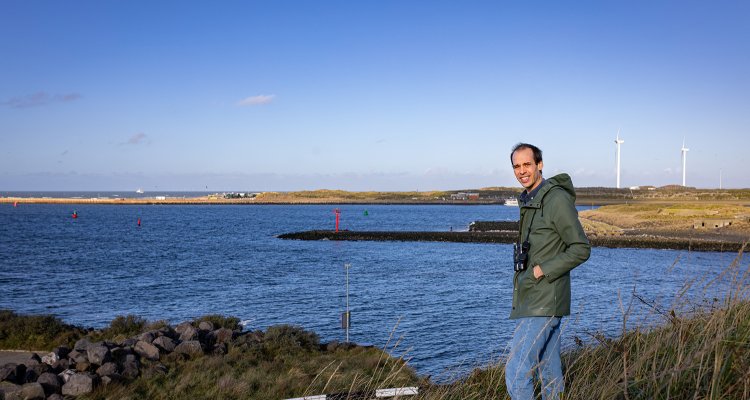
Showcase
Datalogging to map the effects of wind farms on seabirds
The construction of wind farms is taking off in the North Sea. This leaves a smaller area for seabirds in which to search for food, as they tend to avoid wind farms. Scientists at Wageningen University & Research are developing a computer model to get a picture of what the loss of foraging area means for the survival of seabirds during the winter.
The Dutch energy transition is taking place to a large extent in the North Sea. However, large-scale development of offshore wind farms has major ecological consequences, not just for marine mammals and fish but also for birds and bats, which may be hindered by wind turbines. Marine ecologist Vincent Hin, who works at Wageningen Marine Research, uses computer models to predict how birds will respond to the loss of foraging area. He explains how that works.
We can use this model for other bird species and to investigate other kinds of effects of wind farms